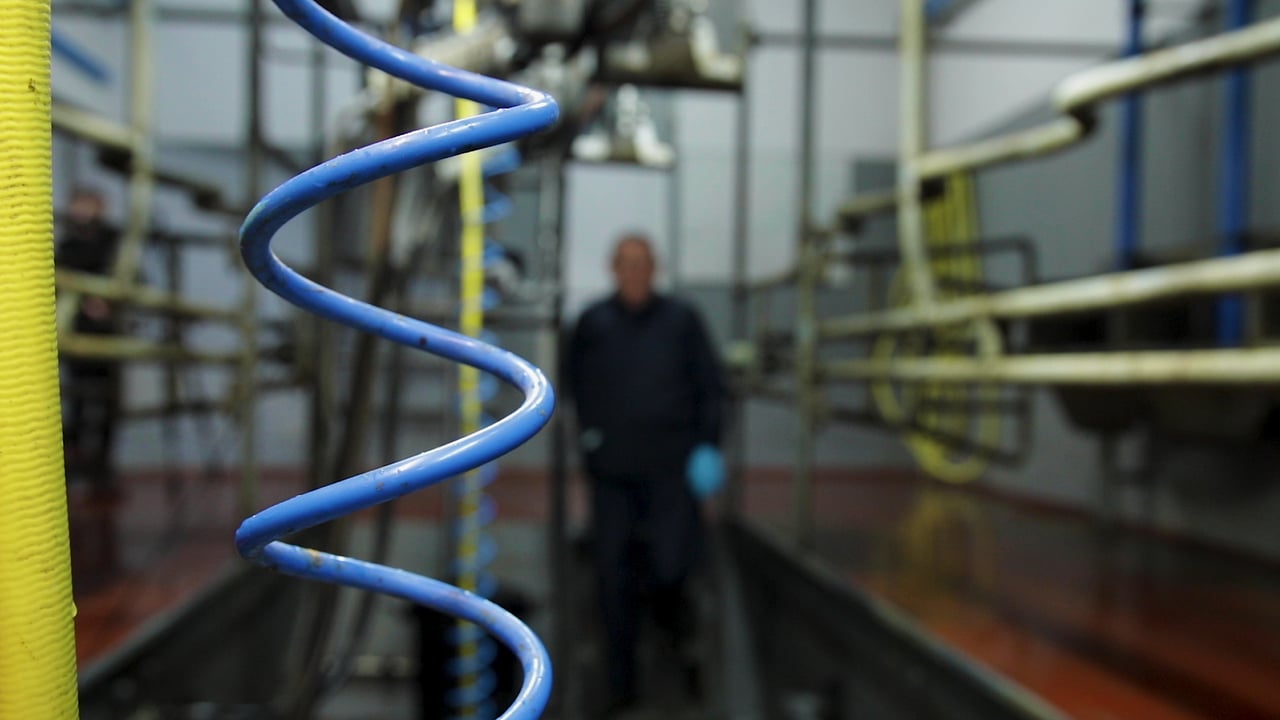Dairy markets: GDT index sees 2nd slight increase in a row
The Global Dairy Trade index has seen a second increase in a row, after four consecutive decreases throughout May and June.
After the latest trading event today (Tuesday, August 5) the index increased by 0.7%, following on from an increase of 1.1% on July 15.
The increase two weeks ago followed on from four consecutive decreases between May 20 and Jul 1, which ranged from 0.9% to 4.1%.
The index now stands at 1,268. This compares to a 2025 high of 1,344 on May 6.
The May 6 figures was the highest GDT index since June 2022.
37,040 metric tonnes (mt) of product was sold at today's trading event, at an average price of €3,674/mt.
166 bidders took part in the event, which lasted for three hours and nine minutes across 22 bidding rounds, with 122 winning bidders emerging.
Looking at the individual product sub-indices, there was a mix of results across products.
The largest increase was noted for whole milk powder (WMP), which increased by 2.1%, reflecting an average price of €3,469/mt.
Anhydrous milk fat (AMF) saw an index increase of 1.2%, reflecting an average price of €6,123/mt.
The only other increase was noted for skim milk powder (SMP) which increased by 0.4% for an average price of €2,425/mt.
All other products saw decreases in their respective indices, most notably butter, which decreased by 3.8% for an average price of €6,238/mt.
Butter milk powder (BMP) decreased by 2%, reflecting a price of €2,637/mt.
Cheddar decreased by 0.6% for an average price of €3,956/mt; while mozzarella decreased by 0.1% for an average price of €4,055/mt.
Lactose was not offered at today's event.
In other dairy news, the average income for dairy farmers is set to increase by 30% in 2025 compared to 2024, according to figures published by Teagasc.
After seeing a strong recovery in 2024, when average dairy incomes increased by 119% to €108,189 compared to 2023, the forecast for 2025 has indicated that incomes will increase by a further 30% to 141,000 this year.
This forecast is attributable to a number of factors, including decreasing global milk supply; a neutral outlook on global demand (although trade and geopolitical tensions are creating uncertainty); increasing domestic milk production and milk prices; and a neutral forecast for input costs.
At the global level in 2025, milk production volume for the year-to date has been mixed across the major dairy export regions, according to Teagasc economists.





